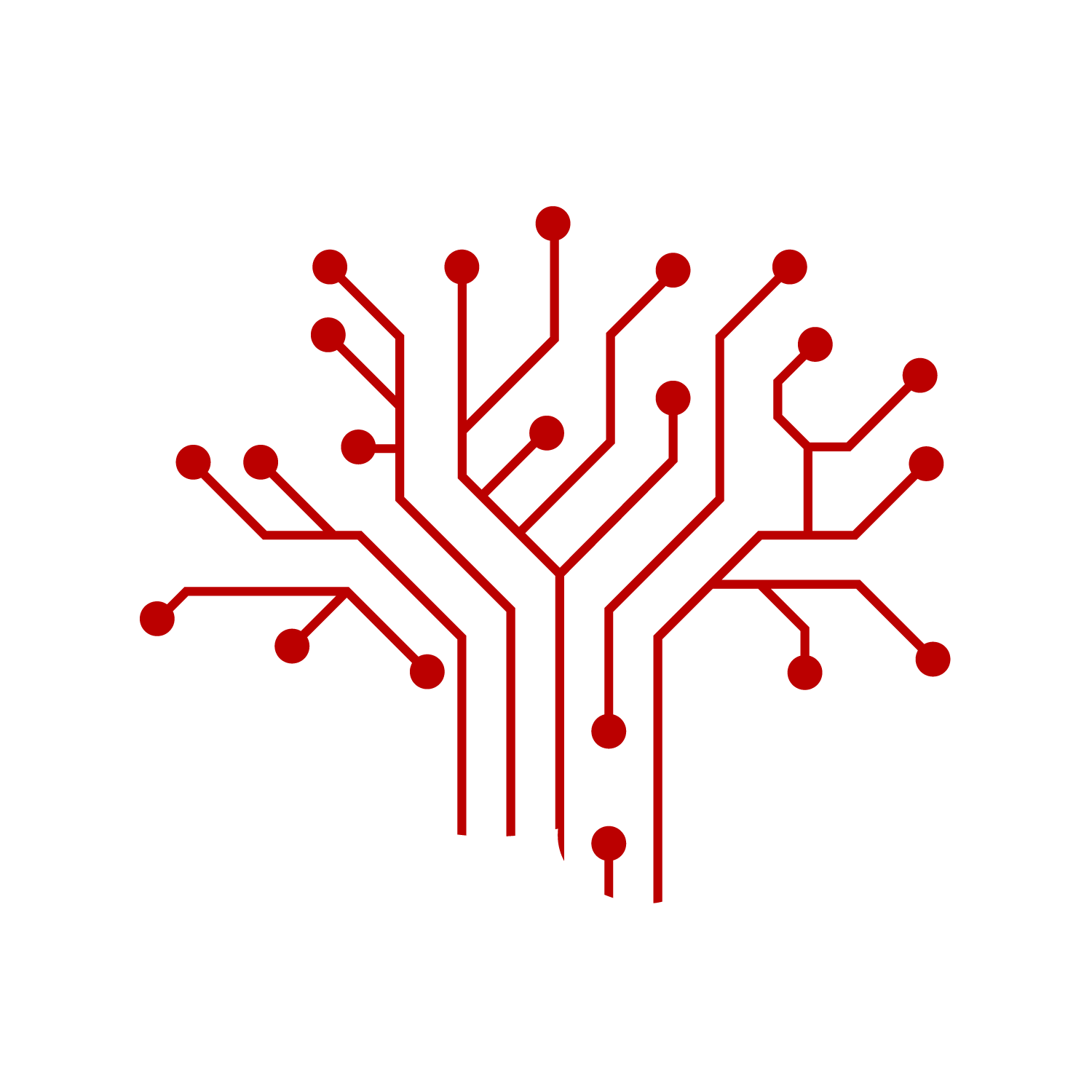Interview with Dr. Barbara Shinn-Cunningham, CMNI Director
Interview with Dr. Barbara Shinn-Cunningham, director of CMU's new neuroscience institute
By Gabriel Rasskin, The Tartan
Dr. Barbara Shinn-Cunningham, director of Carnegie Mellon’s new neuroscience institute, spoke with The Tartan about the potential of neuroscience research on campus and beyond. This transcript has been edited for length and clarity.
What is the current state of Carnegie Mellon’s neuroscience institute?
We’re doing organizational planning behind the scenes. We’ll be launching in the spring semester. We are going around and talking to various people at the university and in the Pittsburgh community about what we are about, and putting together websites and things like that, so that when we launch, we have a public space ready to go.
What sort of partnerships can we expect from the institute?
There are partnerships both within the university and then within the Pittsburgh area, and even more broadly. Within the university, I report to the dean of the Mellon College of Science as well as the dean of Dietrich. Within the institute, we have members in not only Mellon and Dietrich but also the School of Computer Science, the College of Engineering and even the College of Fine Arts.
If you step back even further within the Pittsburgh area, the Institute will make sure the CNBC (Center for Neural Basis of Cognition) continues. It’s been around for a very long time, and supports cognitive neuroscience efforts that are collaborative between Pitt and CMU.
The institute is already reaching out to other partner institutions. We had two different visitors just this week, for instance, who are heading neuroscience institutes in China to talk about the potential for collaborations, and exchange of students and faculty.
Could you elaborate on the research that will take place?
Right now there’s about 40 faculty, and their areas of research fall in three or four bins. There’s a bunch of people like me, who do human work, who study perception and the brain and neuroimaging.
Then there’s a large effort within engineering and computer science; there are people who are doing development of devices to measure or even manipulate brain activity so if you have someone, for instance, with Parkinson’s, you can stimulate portions of the brain and alleviate the symptoms.
Another set of people, within engineering, are doing brain-computer interfaces, which has usually been applied to help people who have spinal cord injuries, and can’t move their bodies or portions of their bodies.
There are a bunch of people in biology, they’re really looking at the brain at a cellular level.
And then finally we have collaborators in machine learning and statistics who are helping unravel all the data that new techniques to measure brain activity are generating.
How are you going to incorporate cross-disciplinarity in the institute?
It’s really fun — one of the things that already happens naturally within CMU is collaboration across these different fields, so it’s very easy to come in as a director into CMU and just nurture what is already happening. For instance, the people who do brain-computer interface include people on the biology side who collaborate incredibly tightly with people from biomedical engineering and electrical and computer engineering. A lot of what my job is, in coming into this, is to make sure that those people who want to collaborate don’t have things standing in their way.
Another thing that we’re doing is holding small meetings of faculty who have more interest in talking about other ways we can build collaboration. We’ll be holding some meetings open to the public that are scientifically intense workshops, and we’ll be focusing them on areas where there’s already a lot of strength at CMU. We will also be bringing in some external speakers to interact with the great scientists we already have here.
You also mentioned technological approaches, such as machine learning and data-driven science. Do you believe these types of techniques are the future of the field?
I believe it’s a really important tool to help us understand the neural code in data that are being generated today. It used to be that people who are measuring from the brain would look at a single cell, and figure out how a single cell reacts to different inputs. From that they’d try and figure out what that single cell was encoding. Now, people are up to measuring thousands of units at a time, and that’s a tiny percentage of what’s going on in the brain. Trying to figure out from observing their firing pattern, for instance — what mental plan is being encoded at a particular instance — is a challenge. We need to have people in machine learning working hand in hand with neuroscientists to understand the kind of information likely to be meaningful in this data.
You mentioned different levels of complexity: from single cells to the whole brain. Do you find that integrating these different levels of complexity is a challenge?
Most scientists in academia tend to study one small problem — one sub-sub-subfield of some bigger field — and in neuroscience that’s especially true. There are people who work at the single unit level; there are people who work at the network level; there are people who work at the whole brain level. There are people who come at it from a behavioral standpoint and try and relate that to the brain. And all of these different levels are intricate and complicated and difficult to work on. What’s fun about CMU is people work across those scales pretty naturally, which is unusual.
What role do you believe the new neuroscience institute can play in the field of neuroscience as a whole?
CMU isn’t a huge university — if you look just across the street at Pitt, there are so many more people doing neuroscience than CMU will ever have. We can’t compete in sheer numbers, yet we are going to play a big role. All the things that CMU is known for in the external world are exactly the tools that neuroscience needs right now at this junction: technology and analysis and machine learning and data science and statistics. And that is why I’m excited to come to CMU.
I’m an electrical engineer by training, so I came at neuroscience from an information theory kind of viewpoint: what information is in the brain, at what moment, in what place. That kind of automatic analytic approach to understanding the data that comes from the brain is what I think the field needs, and what CMU can do uniquely.

